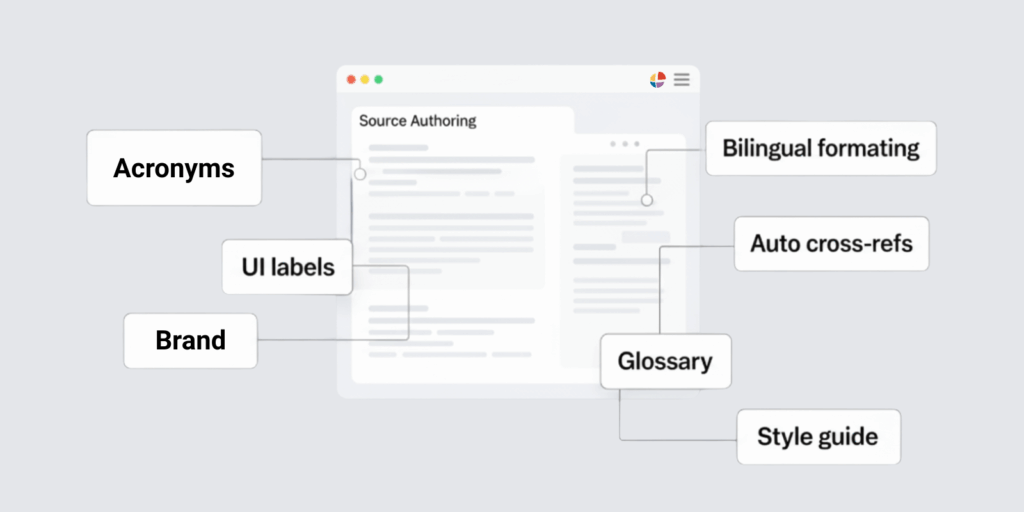
The worldwide web knows no boundaries, especially when it comes to eCommerce. In 2017, eCommerce sales worldwide rose 23.2% to $2.290 trillion—four times the growth rate of traditional retail sales. More than ever, retail brands are competing on a global stage for sales and customer loyalty, so it is critical that a brand’s eCommerce website is optimized for targeted global audiences.
Speak the Language
In a Harvard Business Review study, it was found that over 72% of shoppers spend most or all of their time on websites in their own language and nine out of 10 Internet users said that, when given a choice of languages, they always visited a website in their own language. Shoppers are looking for product information in their native language. If your product information is not in their native language, you will miss out on a potential sale not because your product isn’t good, but because the non-translated content isn’t relevant to the shopper.
However, it isn’t enough to just run your website text through Google Translate. Google Translate spits back words and phrases that are often only approximate matches, so you run the risk of putting out content that could be inaccurate or offensive to customers on your website. To take your website content to the next level, consider localizing your website. Localization is much more than translation. With localization, you adapt your website content to fit the local language and culture of your target market. It takes cultural context, colloquialisms, and even website imagery into account. Localization makes a website “natural” to local shoppers.
Show me the Money
Adjust the display of your product prices to reflect the shopper’s local currency. Give your shopper the ability to select their country of origin and/or their preferred currency. Without the automatic conversion of prices into a shopper’s preferred currency, the shopper will be forced to go off the website to check the conversion rate and do the math themselves, or even worse, the shopper will look for the product on another website that displays the price in a format that is familiar to them. With either of those options, your eCommerce website is creating friction in the online shopping journey, which will lead to lower conversion rates and lost sales.
SEO to Keep the Traffic Flow

Localizing your website content and showing prices in different currencies are both important pieces of optimizing your eCommerce website for international audiences, but there are several SEO aspects that need to be considered so you can rise to the top of searches in your international markets. A fundamental, but often overlooked, piece of this strategy is choosing your URL structure. Do you pick a country level domain—www.website.ca? Do you select a country based directory—www.website.com/ca? Each has their own benefits. By selecting a country level domain, your website gains an identity that can help with local search engines, but with a directory, you can take advantage of the SEO credibility that the main website already has.
Once you have a domain selected, it’s time to think about the tactics of your SEO strategy. One major aspect of an SEO strategy is your keyword plan. Make sure that keywords are optimized in each language that you are targeting. Some keywords may not make sense in some languages, and that’s okay! Omit it if it doesn’t make sense for that audience. When in doubt, get input from a multilingual resource who knows your business and industry, such as a professional translation partner or an in-country resource.
With 51% of the world’s population on the internet, it’s important that your eCommerce website speaks to as many of those potential customers as possible. Strategies like localization, displaying pricing in local currencies, and crafting a targeted SEO strategy will help you get in front of millions of potential customers, enhancing their eCommerce shopping experience and increasing your business’ success.
Category: Translation
Tags: Ecommerce Localization, Ecommerce Website
Service: Website Translation
Industry: E-Commerce
Don't forget to share this post!
Stay Updated with Interpro
Subscribe to our newsletter for the latest updates and insights in translation and localization.






